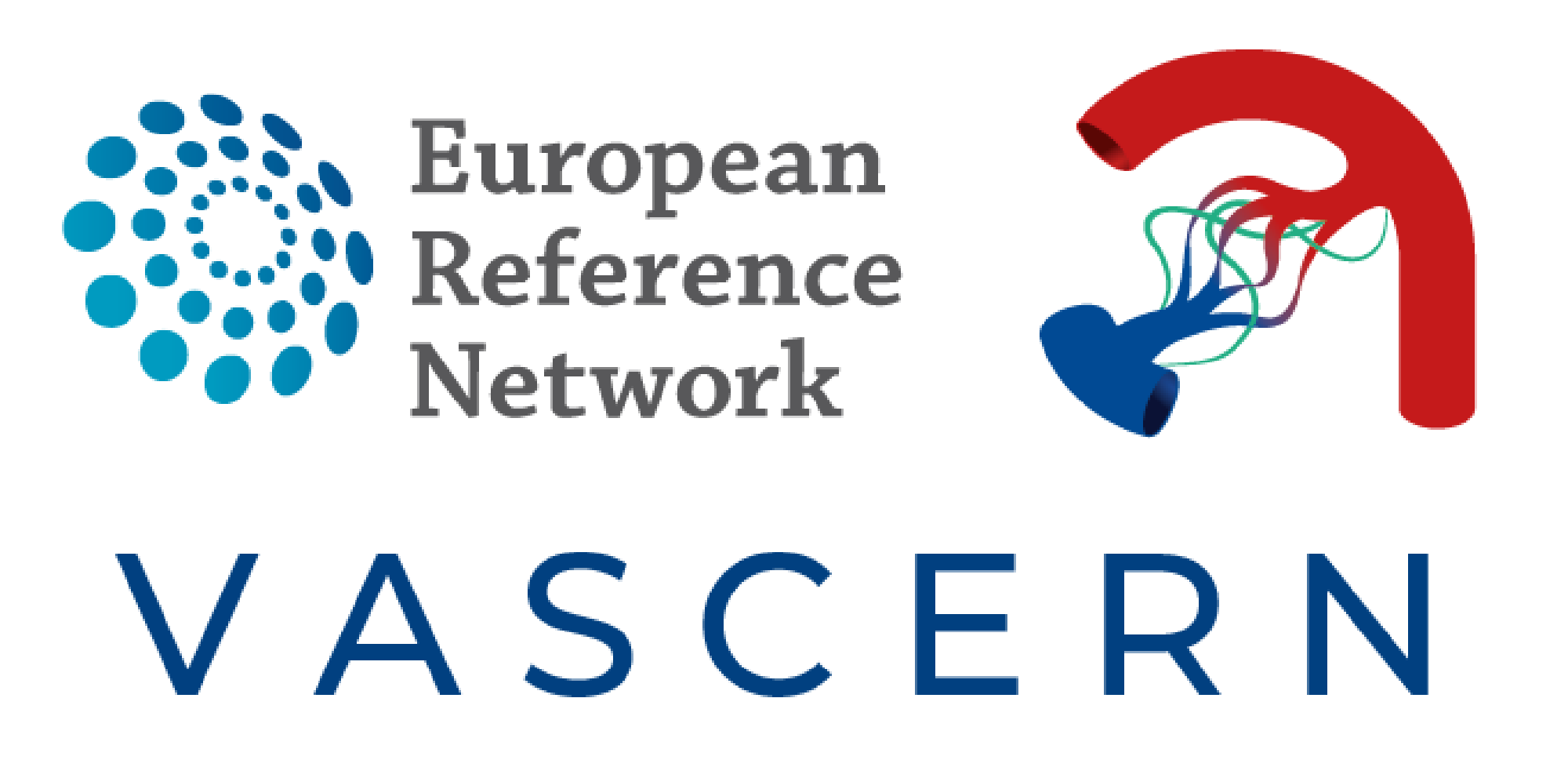
We are very proud to present the VASCERN Do’s and Don’ts Factsheets for Rare Vascular Disease Patients Facing Frequent Situations.
These factsheets were developped in order to assist patients and the medical community in knowing the basic do’s and don’ts of common and emergency situations (e.g. delivery, anaesthesia, stroke, surgery) that need to be considered in patients with rare vascular diseases. These frequent situations cannot always be handled in the same way in rare disease patients as in the general public and the factsheets outline the special considerations that should be taken into account with each type of event.
Read the full document here: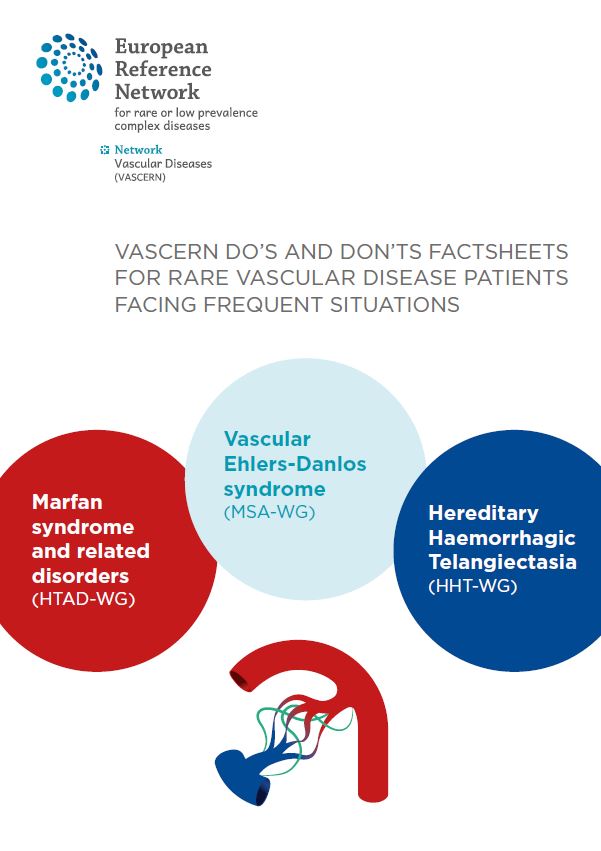
Factsheets by Rare Disease Working Group:
Marfan syndrome and Related Disorders – Vascular Ehlers Danlos Syndrome – Hereditary Haemorrhagic Telangiectasia 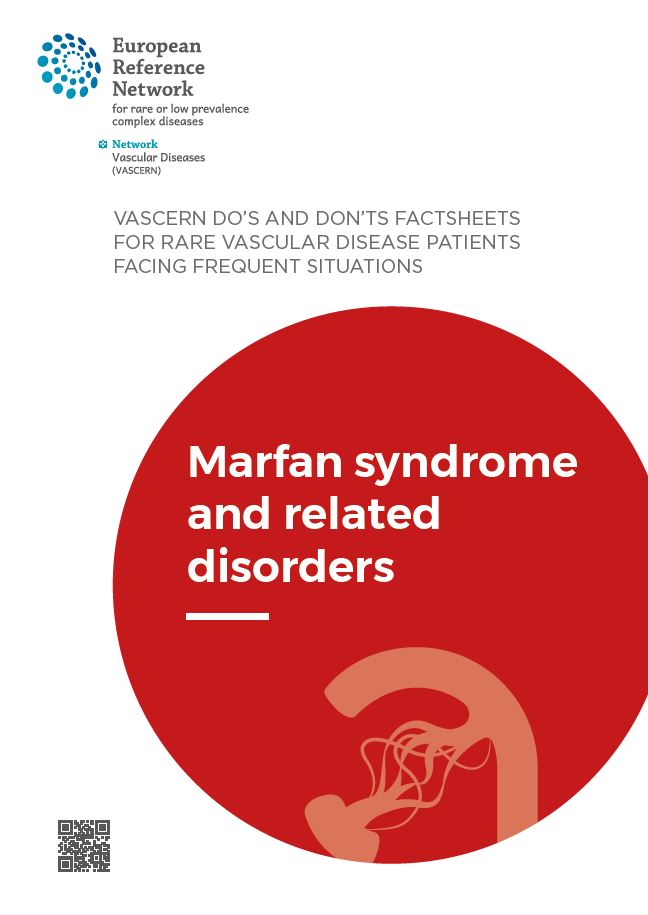
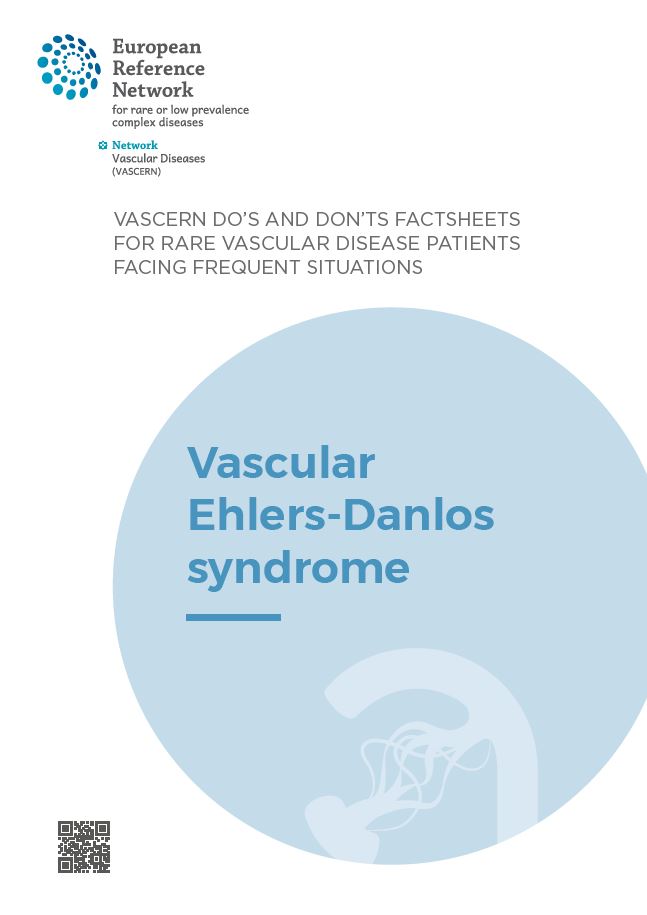
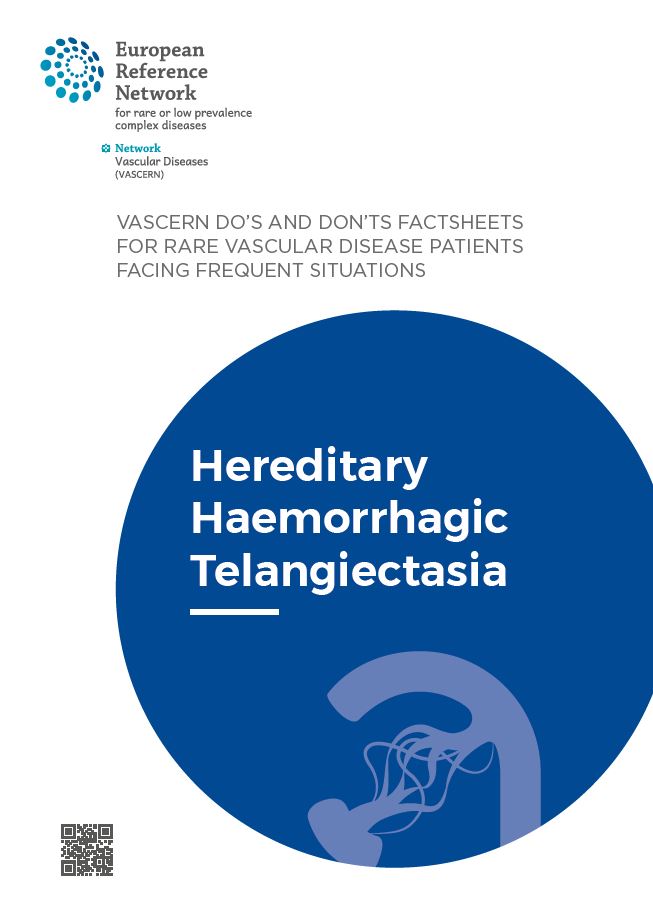
Individual factsheets for each topic can be selected from the menu below:
[fruitful_tabs type=”accordion” width=”100%” fit=”false”]
[fruitful_tab title=”Marfan Syndrome and Related Disorders”] Pregnancy delivery and postpartum care
Antiplatelet agents and anticoagulants
Colonoscopy gastroscopy and laparoscopy
Extra-aortic peripheral arterial dissection
Abdominal gastrointestinal gynaecological emergencies
[/fruitful_tab]
[fruitful_tab title=”Vascular Ehlers Danlos syndrome”] Complications in vEDS
Peripheral arterial dissection
Pregnancy, Delivery and Postpartum care
Invasive investigations and treatment of common medical emergencies in vEDS
Antiplatelet agents and anticoagulants
[/fruitful_tab]
[fruitful_tab title=”Hereditary Haemorrhagic Telangiectasia”] Physical activity
Antiplatelet agents -APA- and anticoagulants
Deep-vein thrombosis pulmonary embolism
Care for patient with multiple traumatic injuries
Aortic dissection[/fruitful_tab]
[/fruitful_tabs]
The production of these documents by the experts of each RDWG is the deliverable of one of VASCERN’s Work Packages: development of guidelines for optimal care of patients facing common problems not related to their rare diseases. The Pediatric and Primary Lymphedema Working Group (PPL-WG) and the Vascular Anomalies Working Group (VASCA-WG) are currently working on their proper set of Do’s and Don’ts documents, which should be made available soon. We then plan to translate these documents into additional European languages.
The factsheets are based on existing French factsheets, made by FAVA-Multi (The French Network for Rare Vascular Diseases), which have been translated by VASCERN then reviewed and adjusted by the experts of the HTAD-WG (for the Marfan syndrome and related disorders factsheets), the HHT-WG (for the Hereditary Haemorrhagic Telangiectasia factsheets) and the MSA-WG (for the Vascular Ehlers-Danlos factsheets).
Find all the Do’s and Don’ts Factsheets here: (page under construction)
